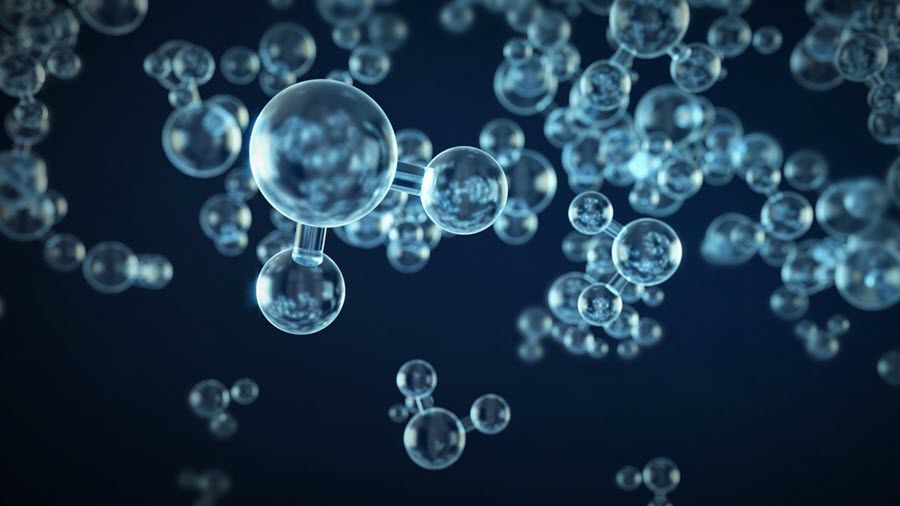
The new catalyst offers greater durability of the device converting renewable energy into hydrogen
Achieving an energy model without the use of fossil fuels is one of the requirements, according to experts, to comply with the commitments acquired in 2015 by the Paris Agreement on climate change. Hence the fundamental role of renewable energy. With this in mind, an international team led by the Higher Council for Scientific Research (CSIC) has developed an efficient catalyst for processes of accumulation of renewable energy in the form of hydrogen. The study has been published in the journal Nature Communications .
“It will be necessary to incorporate renewable energies and better regulation of the energy sector in the short term. For this it is essential to manage the long-term storage of renewable energy and its storage in the form of hydrogen is one of the most efficient and viable alternatives to accumulate this type of energy, “explains the CSIC scientist María Retuerto , who works in the Institute of Catalysis and Petrochemistry .
The catalyst developed by this group of researchers is used in proton exchange membrane electrolysers.
“The ideal systems for the storage of renewable energy use a membrane that exchanges protons and its efficiency depends, among other factors, on the catalyst that is part of the composition of these electrodes. In addition, they have limitations in their durability and incorporate noble metals such as platinum, iridium and ruthenium, which have a high cost, “says the researcher. “Our catalyst has a ruthenium content lower than that of the current catalysts but exceeds its activity and what is more interesting, we have managed to significantly increase its durability,” concludes Sergio Rojas , another of the researchers of the team.
The scientists point out that any improvement in the components has a very positive impact on their commercialization, as in the production of proton exchange membrane electrolyzers. That, they add, will cause the cost reduction in the energy transition towards a system based on renewable energies. And not only would it allow the efficient management of the electricity network, which is conditioned by the seasonal and intermittent nature of clean energies, but also opens the possibility to the use of hydrogen generated in fields such as the production of chemical compounds or their insertion in the natural gas network.